High-altitude migrations are a fascinating survival strategy for several species that live in some of the world’s most challenging environments. From birds that soar above towering mountain ranges to mammals that brave thin air and freezing temperatures, they have developed remarkable adaptations to survive and thrive at extreme elevations. Each species has its own unique journey, navigating from lower, more temperate altitudes to the rugged heights where oxygen is scarce. These migrations not only showcase the resilience of life but also offer a glimpse into the delicate balance of ecosystems found in the world’s highest places.
Bar-Headed Goose (Anser indicus)

The bar-headed goose is known for flying at some of the highest altitudes of any bird, regularly reaching heights over 29,000 feet (8,800 meters) as it migrates across the Himalayas. It travels from its wintering grounds in India to breed in the high-altitude lakes of Tibet, Nepal, and China. Adaptations like larger lungs and a unique hemoglobin structure allow it to extract oxygen efficiently in thin air. They have powerful wings that help them navigate the cold, turbulent winds of the world’s tallest peaks. Their migratory route is incredibly challenging, with some flights taking them just below Mount Everest’s summit. Despite these feats, they travel in flocks, making it easier for them to conserve energy by drafting off one another. This species’ migration is a critical part of its life cycle, but changes in habitat due to climate change could alter these impressive journeys in the future. Recently, researchers have studied how temperature variations affect their route adjustments during migration.
Yellow-Rumped Leaf-Eared Mouse (Phyllotis xanthopygus)
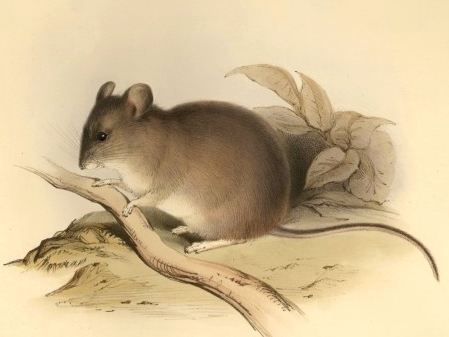
The yellow-rumped leaf-eared mouse holds the distinction of being the highest-dwelling mammal, found at altitudes of up to 22,000 feet (6,700 meters) in the Andes Mountains. This species migrates from lower altitudes during the warmer months to these extreme heights, where it survives the frigid, oxygen-deprived environment. Scientists discovered it at an unprecedented altitude on Llullaillaco Volcano in Chile, where it forages on small insects and plant materials. Its small size and thick fur coat help conserve body heat, while its enhanced respiratory and circulatory systems make the most of the limited oxygen supply. Unlike many other high-altitude animals, it is a surprising resident of such heights, challenging scientists’ understanding of mammalian limits. Studies have shown that these rodents can acclimate to the harsh conditions of their environment rapidly. Continued research on this mouse’s physiology could provide insights into high-altitude adaptations across other species.
Himalayan Jumping Spider (Euophrys omnisuperstes)
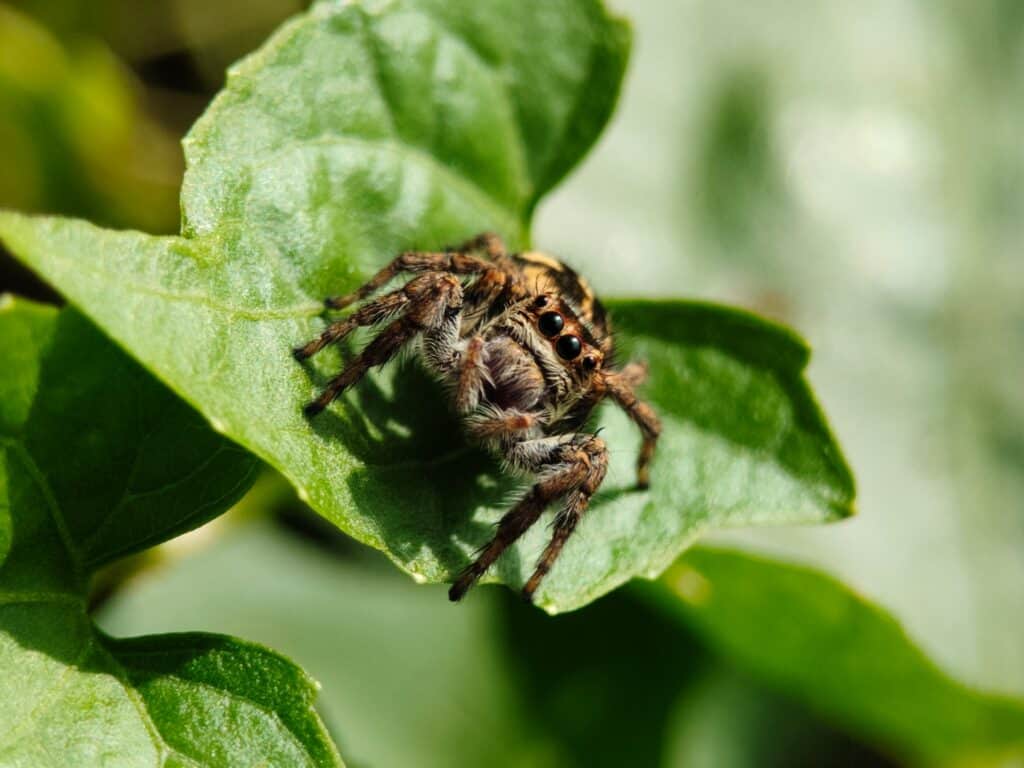
The Himalayan jumping spider is the highest-dwelling known spider, living at altitudes of over 22,000 feet (6,700 meters) in the Himalayas. These small arachnids thrive in the barren, rocky terrain, feeding on small insects like flies that are blown up the mountains by wind currents. They have evolved to withstand freezing temperatures and low oxygen levels, though much about their biology remains a mystery. Their high-altitude habitat is one of the most extreme on Earth, and they are known to take refuge in rock crevices to escape harsh weather conditions. Despite their isolation, they are adept hunters, using their powerful legs to jump and catch prey with precision. While little is known about their reproduction at these elevations, researchers believe that their unique environment may influence their life cycles.
Himalayan Tahr (Hemitragus jemlahicus)

The Himalayan tahr is a herbivorous mammal that lives at altitudes ranging from 9,800 to 16,400 feet (3,000 to 5,000 meters) in the rugged mountains of Nepal, India, and Tibet. These animals migrate seasonally, descending to lower altitudes during the winter months when food becomes scarce. Adaptations like their thick, wooly coats and specialized hooves allow them to traverse rocky slopes with ease, giving them access to the tough, alpine vegetation that sustains them. Males can weigh up to 220 pounds and have prominent backward-curving horns, used in dominance battles during mating season. They play a crucial role in the ecosystem by helping to maintain the vegetation balance in their mountainous habitats.
Snow Leopard (Panthera uncia)
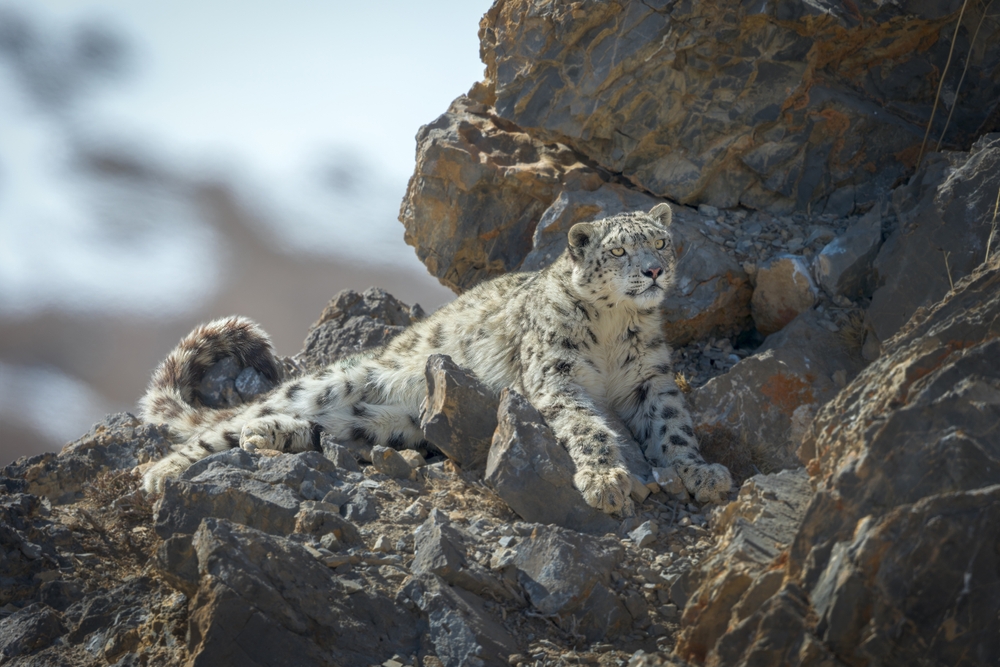
The snow leopard is a solitary predator found at altitudes ranging from 9,800 to 16,400 feet (3,000 to 5,000 meters) across the mountains of Central Asia, including the Himalayas and the Tibetan Plateau. These elusive cats are specially adapted to survive in high-altitude environments, with large nasal cavities that help them breathe more efficiently in low-oxygen conditions. Their thick fur and muscular build allow them to endure freezing temperatures and scale steep, rocky slopes in search of prey. They primarily hunt bharal (blue sheep), ibex, and other high-altitude herbivores, making them apex predators in their ecosystem. Despite their incredible adaptability, they face threats from habitat loss and poaching, which have placed them on the endangered species list.
Alpine Chough (Pyrrhocorax graculus)
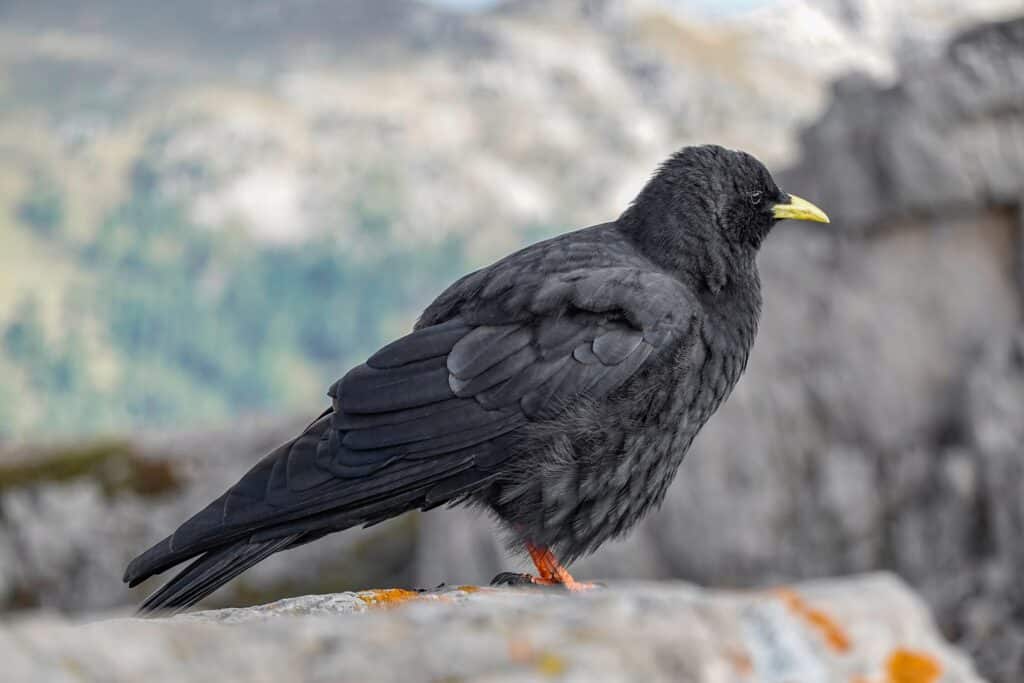
The alpine chough is a bird of the crow family that thrives at altitudes as high as 21,300 feet (6,500 meters), often seen flying near Mount Everest. Found in the mountains of Europe and Asia, this species migrates vertically depending on the season, moving to lower altitudes during harsh winter months in search of food. With its strong wings and streamlined body, it is built for high-altitude flight, using updrafts to glide efficiently. Its unique calls can be heard echoing across the mountains, signaling its presence even in these remote areas. Its ability to forage on rocky ledges and steep cliffs gives it access to food sources other birds can’t reach. New research indicates that changes in seasonal temperatures could affect their breeding habits, possibly altering their migration patterns in the future.
Tibetan Gazelle (Procapra picticaudata)
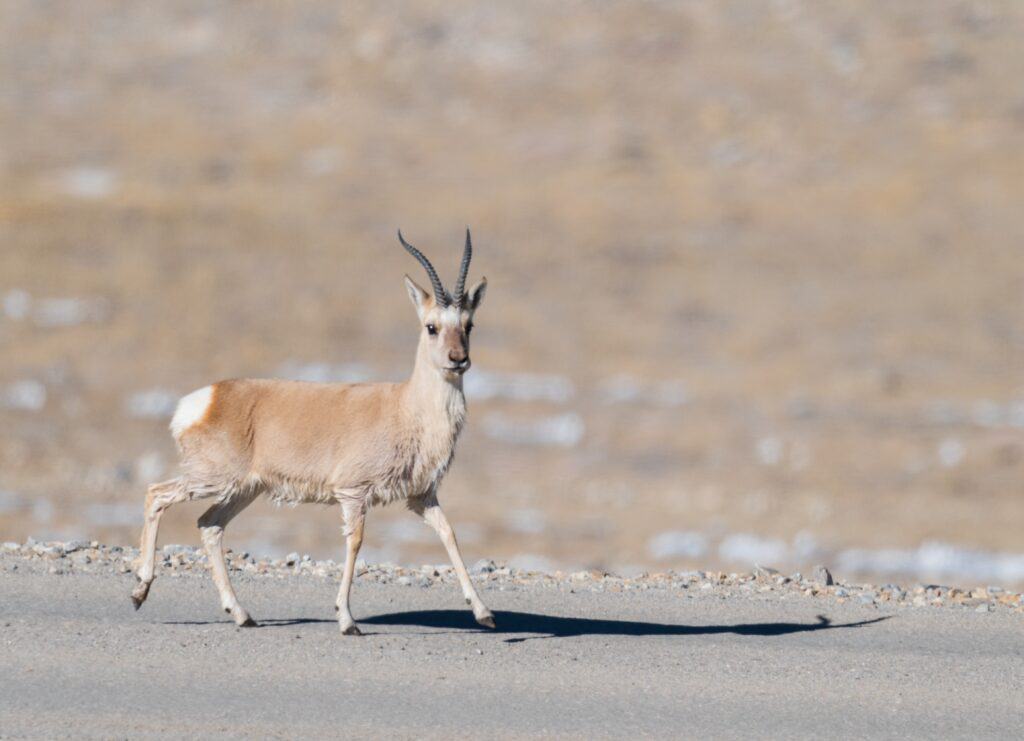
The Tibetan gazelle, also known as the goa, inhabits the Tibetan Plateau, where it can be found at elevations of up to 18,000 feet (5,500 meters). These small, graceful antelopes are adapted to the harsh environment of the plateau, surviving in areas with little vegetation and extreme cold. During the winter, they may descend to lower altitudes to escape the snow-covered plains, while in summer, they return to the high alpine meadows to feed. They are incredibly agile, using their slender legs to navigate the rocky and uneven terrain of their mountainous home. Despite their seemingly fragile appearance, these animals are well-suited to the oxygen-poor atmosphere of high altitudes, with large lungs and a high concentration of red blood cells to maximize oxygen intake. The species faces threats from habitat loss due to human activities such as mining and road construction.
Andean Condor (Vultur gryphus)
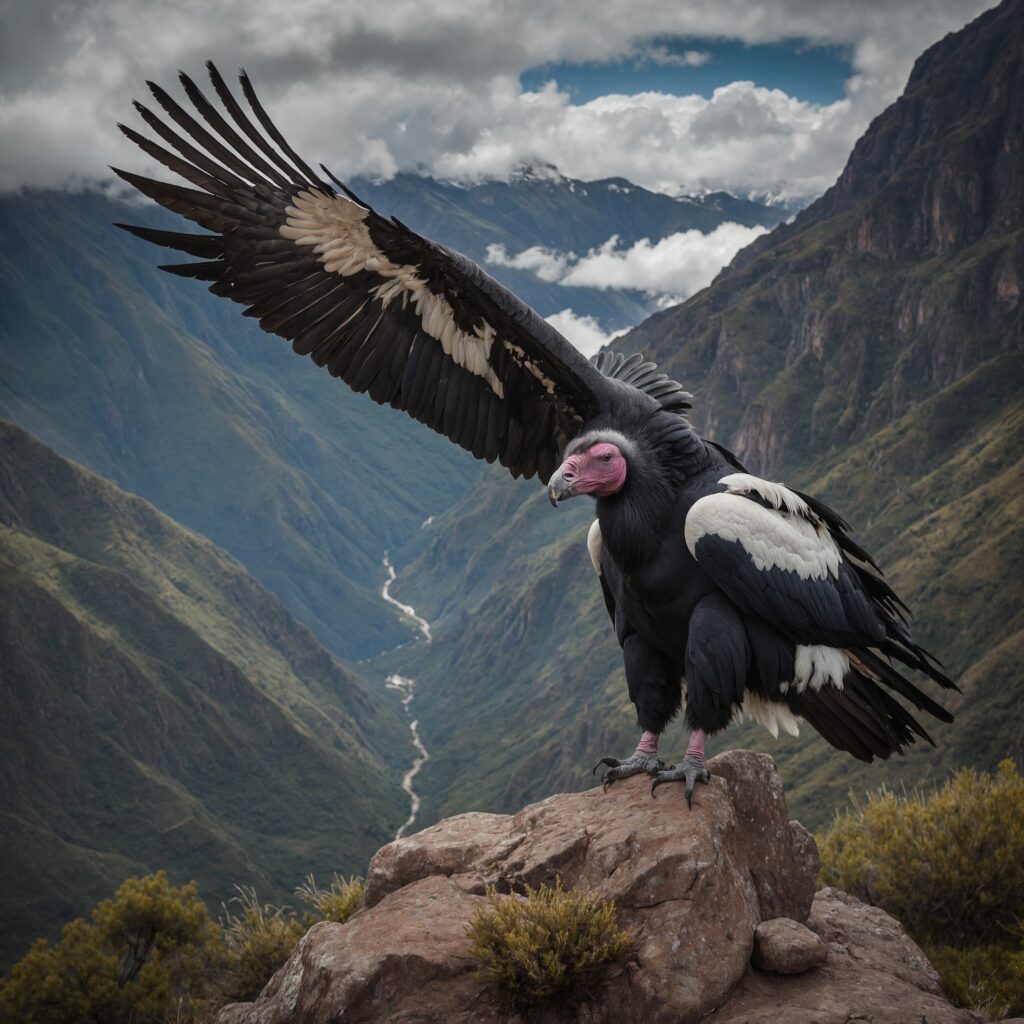
The Andean condor is the largest flying bird in the world and can soar to altitudes of 18,000 feet (5,500 meters) in the Andes Mountains of South America. These majestic birds rely on thermal updrafts to maintain their flight, allowing them to travel long distances without expending much energy. They migrate vertically throughout the year, descending to coastal areas during the winter months to scavenge along the shores. It has an impressive wingspan of up to 10 feet, which helps it glide effortlessly through the thin mountain air. These birds are primarily scavengers, feeding on the carcasses of large animals like deer and livestock. While they play a crucial role in the ecosystem by preventing the spread of disease, the species is currently listed as vulnerable due to habitat loss and poisoning from pesticides.
Pika (Ochotona princeps)
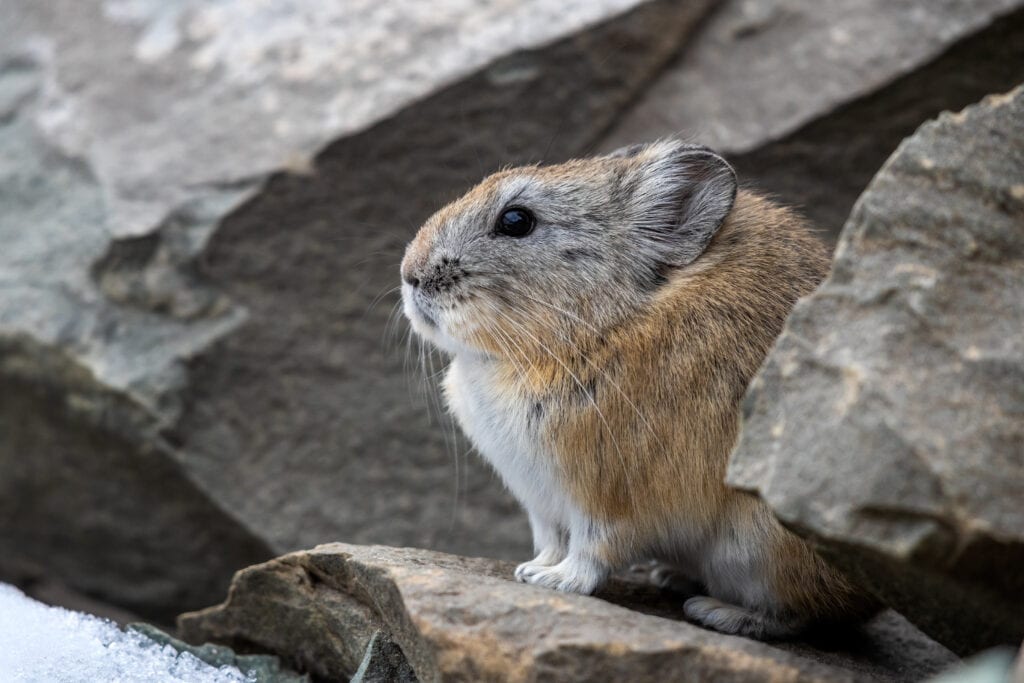
Pikas are small mammals related to rabbits and hares, known for living in the rocky slopes of high mountain ranges, including the Himalayas, at altitudes of up to 20,000 feet (6,100 meters). These herbivorous creatures do not hibernate but instead gather and store grasses and vegetation during the summer months to survive the harsh winters. They are well-adapted to the low-oxygen environment of high altitudes, with efficient respiratory and circulatory systems that allow them to extract oxygen from the thin air. They are extremely sensitive to temperature changes and rely on cool climates to thrive, which is why they migrate vertically when temperatures rise. They are considered sentinel species, meaning their populations can indicate the health of their ecosystems.
Golden Snub-Nosed Monkey (Rhinopithecus roxellana)

The golden snub-nosed monkey is a primate native to the mountainous forests of central China, where it lives at elevations of up to 11,000 feet (3,400 meters). They are specially adapted to the cold, with thick golden-orange fur that helps insulate them against the harsh, snowy conditions. They migrate seasonally, descending to lower altitudes during the winter months in search of food such as bark, lichens, and young shoots. They live in large social groups, often numbering over 100 individuals, which helps them protect themselves from predators and find food. Their long, prehensile tails assist them in navigating the treetops of their mountainous home. Habitat loss due to deforestation is a major threat to this species, as it reduces the availability of their preferred food sources.
Bharal (Blue Sheep) (Pseudois nayaur)
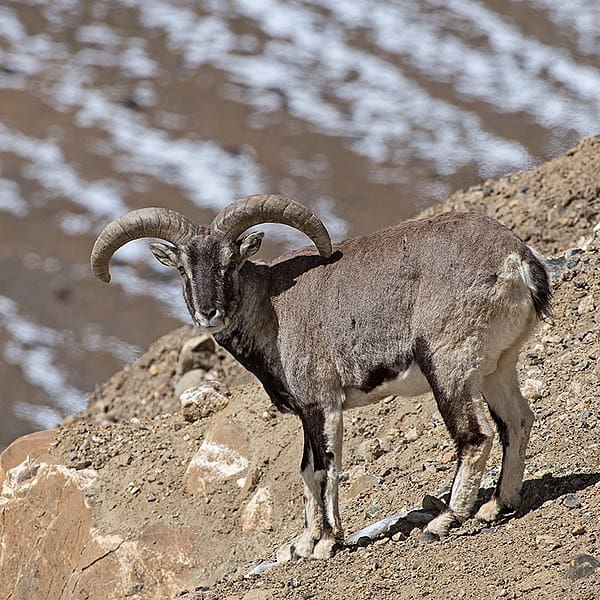
The bharal, or blue sheep, is a high-altitude herbivore native to the Himalayas and the Tibetan Plateau, where it lives at elevations of up to 18,000 feet (5,500 meters). These animals are adept at navigating the steep, rocky slopes of their mountain home, using their strong legs and hooves to traverse the challenging terrain. They migrate seasonally, moving to lower altitudes in the winter to escape the deep snow that covers their alpine grazing grounds. Their thick, slate-gray coat helps insulate them from the cold, while their stocky build allows them to store energy for the lean winter months. These social animals live in herds, often led by a dominant male, and they play a crucial role in maintaining the balance of their ecosystem by grazing on alpine grasses and shrubs. Despite their stable populations, they face threats from habitat encroachment and competition with livestock.
Alpine Ibex (Capra ibex)
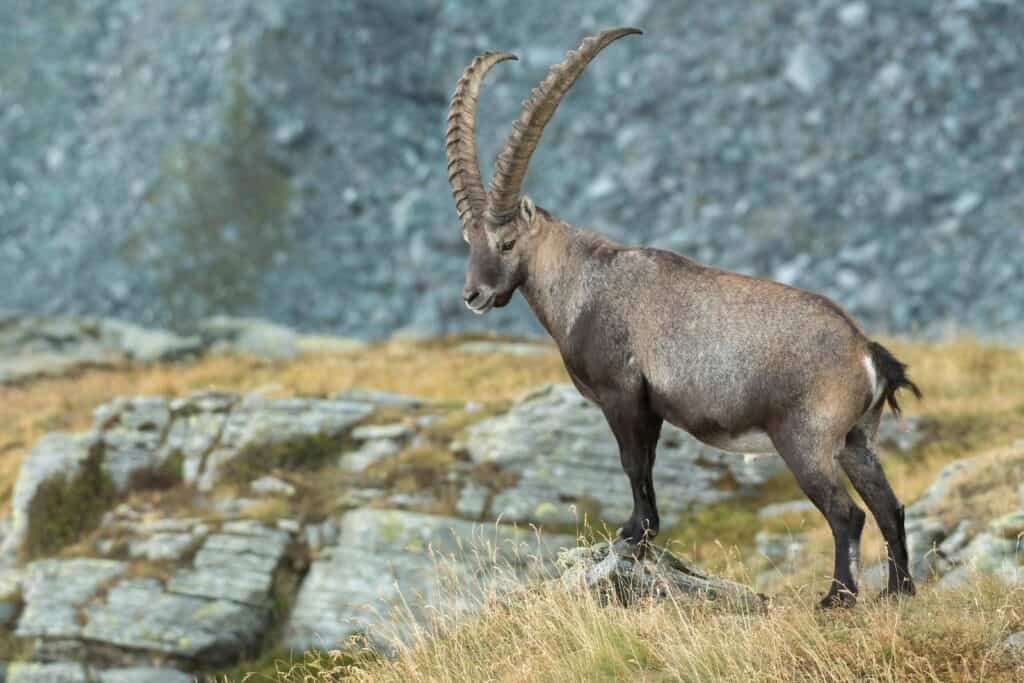
The alpine ibex is a species of wild goat that resides in the European Alps, living at elevations of up to 11,500 feet (3,500 meters). These animals are renowned for their ability to scale near-vertical cliffs, using their split hooves to grip tiny rock ledges. During the winter, they descend to lower altitudes in search of food, returning to the high alpine meadows during the summer months to graze on grasses and herbs. Males grow large, backward-curving horns, which they use to assert dominance during the mating season. Their thick coats protect them from the cold, and their large lungs allow them to extract oxygen from the thin mountain air. Once on the brink of extinction due to overhunting, alpine ibex populations have rebounded thanks to successful conservation efforts.
Yak (Bos grunniens)
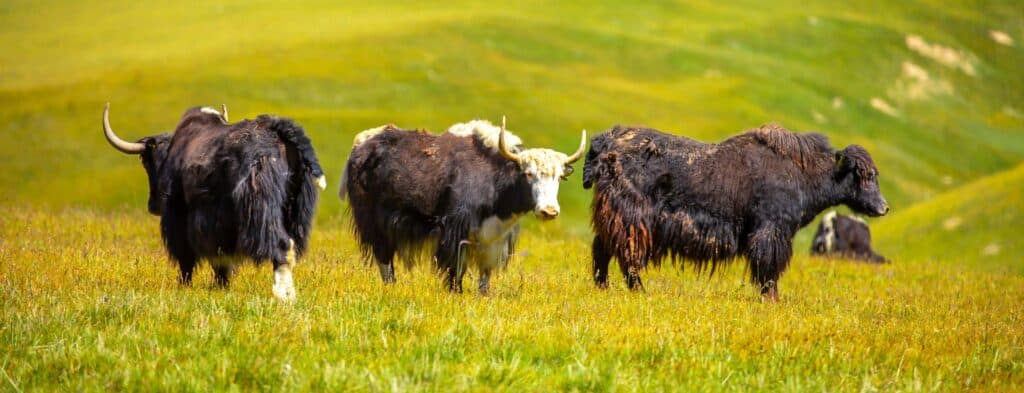
The yak is a hardy, high-altitude bovine species that thrives in the Tibetan Plateau and surrounding mountain ranges, living at elevations of up to 18,000 feet (5,500 meters). Domesticated yaks are an integral part of the livelihoods of Tibetan nomads, providing milk, meat, and wool, while wild yaks roam the more remote, high-altitude regions. These animals are specially adapted to survive the cold, oxygen-poor environment, with large lungs and thick fur that protects them from temperatures as low as -40°C. They migrate seasonally, moving to lower altitudes during the winter to graze on grasses and shrubs that become buried under snow. Their ability to carry heavy loads across rugged terrain makes them valuable pack animals for mountain expeditions.
This article originally appeared on Rarest.org.
More from Rarest.org
10 Unexpected Items That Skyrocketed in Value Over Time

Some items start out as ordinary purchases but unexpectedly gain immense value over time. Whether due to nostalgia, cultural significance, or scarcity, these once-common objects have become prized treasures in collectors’ markets. Read More.
16 Elusive Big Cats That Roam the World`s Densest Jungles
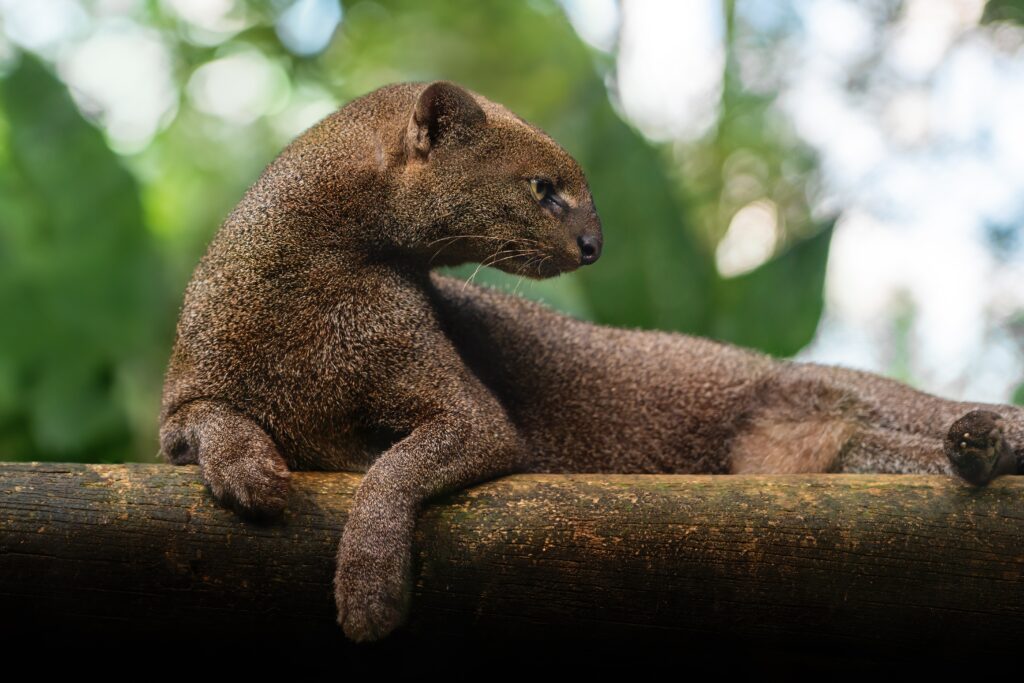
The world’s jungles are home to some of the most elusive and mysterious big cats. These majestic creatures often hide in the shadows, making them difficult to spot even in the densest of forests. Read More.
10 Exotic Island Birds Found Nowhere Else on Earth

Islands are home to some of the most unique and fascinating birds on Earth, many of which can’t be found anywhere else. These exotic island birds have evolved in isolation, adapting to their specific environments, making them truly one-of-a-kind. Read More.
